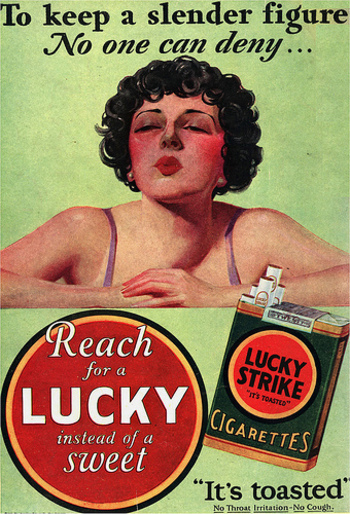The Brain:
The New York Times engages primarily the neocortex. The limbic is engaged very minimally through the use of photos, but as with most newspapers, a reader must read and process the information in order to understand the articles. This is a job reserved for the neocortical brain.
The Eight Shifts:
News made the epistemological shift decades ago with the popularization of television. Before this semester I relied solely on television programs for all of my news information. Now, however, I enjoy taking the time to read the paper and like that I can process it on my own time rather than on a news station's schedule.
Many people believe that the physical newspaper will soon be an obsolete medium. Even now, newspapers are having a hard time finding the funding to stay in print. Readers are instead choosing to find and read articles online. This trend is representative of a huge technological
shift. For more on this shift check out this video.
The availability of newspaper articles online also represents a personal shift since people can easily e-mail articles, upload them to their blogs, and share them in a way that they couldn't before. Also, on some news websites, readers can comment on stories the way viewers can on YouTube. Also, as long as someone has access to the internet, they can read news articles form dozens of different newspapers meaning that it is no longer necessary for readers to pay for a subscription.
Again, newspaper availability on the internet represents an aesthetic shift since anyone with a smartphone or other handheld device can access the internet and read articles at form anywhere, and at any time.
Newspapers are also currently undergoing an enormous economic shift. Who would pay for a newspaper subscription when all the information is available for free on the internet? I don't think newspapers can start charging for online subscriptions without angering a lot of readers, but how else will they earn an income if this trend continues? My print journalism professor says that newspapers should have charged for online services right from the start.
News in general represents a discursive shift with so many alternative sources for information now available. People who are fed up with stories that traditional newspapers offer, or people who perceive a strong bias within news stories can turn to blogs or other alternative information sources.
The Seven Principles:
Without a doubt, newspapers definitely attempt to construct a certain sense of reality for its readers. Though most articles are hard news stories based on facts and actual events, many people see news media as having a strong bias, particularly concerning political issues. In my experience with the New York Times, I haven't really encountered such a bias, though I can be pretty naive in picking up on and interpreting hidden agendas and underlying messages. To attempt to educate myself I found this great article through Google.
Value messages are particularly important to news stories, especially if a news production company is notoriously biased like Fox News is often perceived to be. Because of these biases, individuals will interpret stories and messages differently than they would a completely neutral news source. Therefore the value of a news story is dependent on how you perceive the producer/writer of that story.
Ownership greatly determines the articles an information that a newspaper puts into print. A notoriously right winged newspaper will most likely not run a story glorifying President Obama and the Democratic party.
Like value messages, people will interpret individual meanings from articles they read in the newspaper. These are determined by personal experience and knowledge, what you know of the newspaper production company, your personal opinion of the newspaper in general, as well as many other factors. Luckily for me and the rest of my print journalism class, we often discuss articles that we find interesting in the New York Times. Given, we primarily discuss the writing, but often this has an effect on how we each interpret the story.

Newspapers have enormous potential for emotional transfer. Many hard news stories involve death and destruction which is obviously an emotional subject for much of the population. We recently just read an article in the New York Times titled "Haiti's Quake Set Children Adrift In World of Chaos." The article detailed the lives of a number of children who lost parents in the earthquake; the quotes from the children that the writer put in the story were heartbreaking. My print journalism professor also mentioned that in the months following 9/11, the New York Times ran a series entitled "Portraits of Grief." Everyday they would run a full page of pictures accompanied by two to three sentence biographies of people who died on September 11th. My professor always says that, as writers, we have to make readers care and connect them to the story. It seems to be that the best way to do this is through emotional transfer.
Newspapers are useful when regarding pacing. Because newspapers are read rather than watched, individuals can process information at their own pace. This is beneficial to people who have a tough time processing the 30 frames per second pace of television.
29 Persuasive Techniques:

The New York Times makes use of symbols just as any other company does. The distinguishable Gothic font of their heading is easily associated with the paper itself. Other newspapers and production agencies also make use of symbols such as the CBS eye icon.
The New York Times, as many news sources do, also use techniques such as rhetorical questions, testimonial, warm fuzzies (like in the story of Haiti's children), either/or, maybe,and scientific evidence. Examples of all of these techniques can be found throughout out various issues of the Times.


